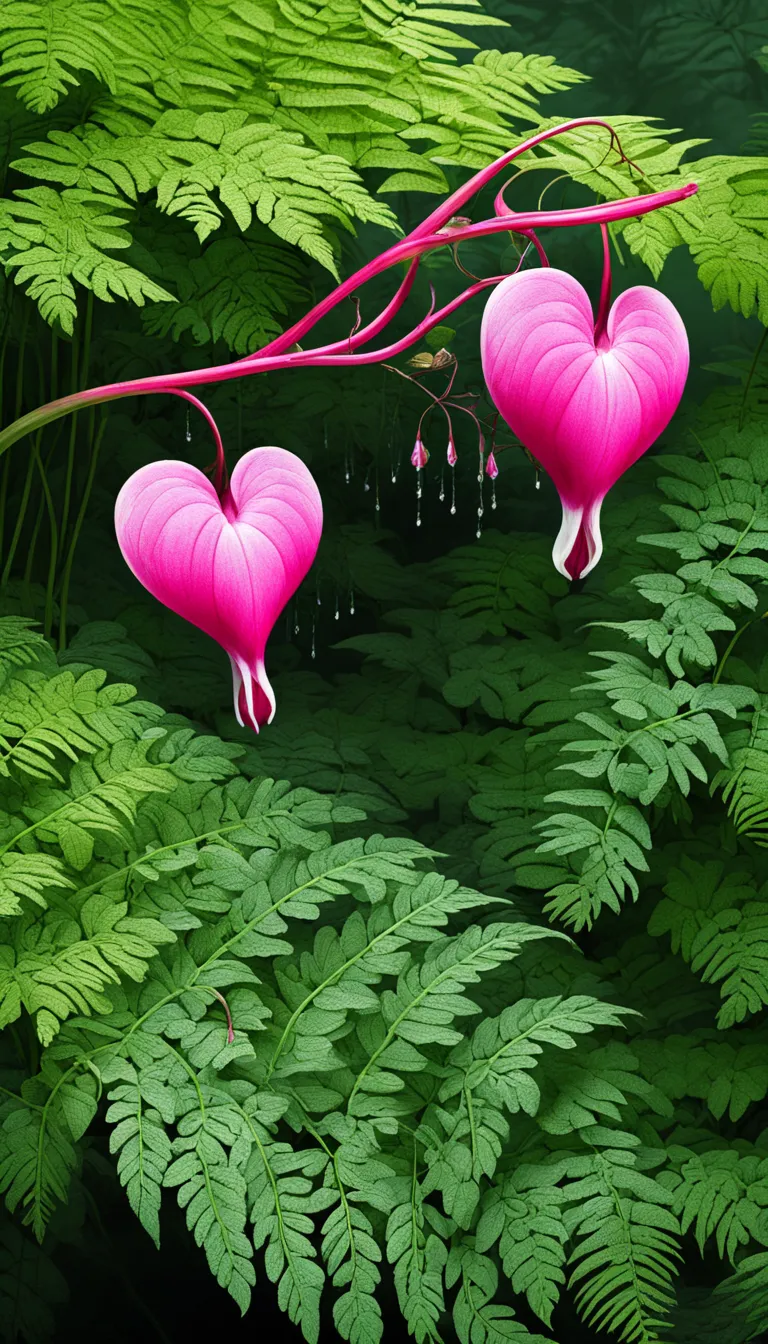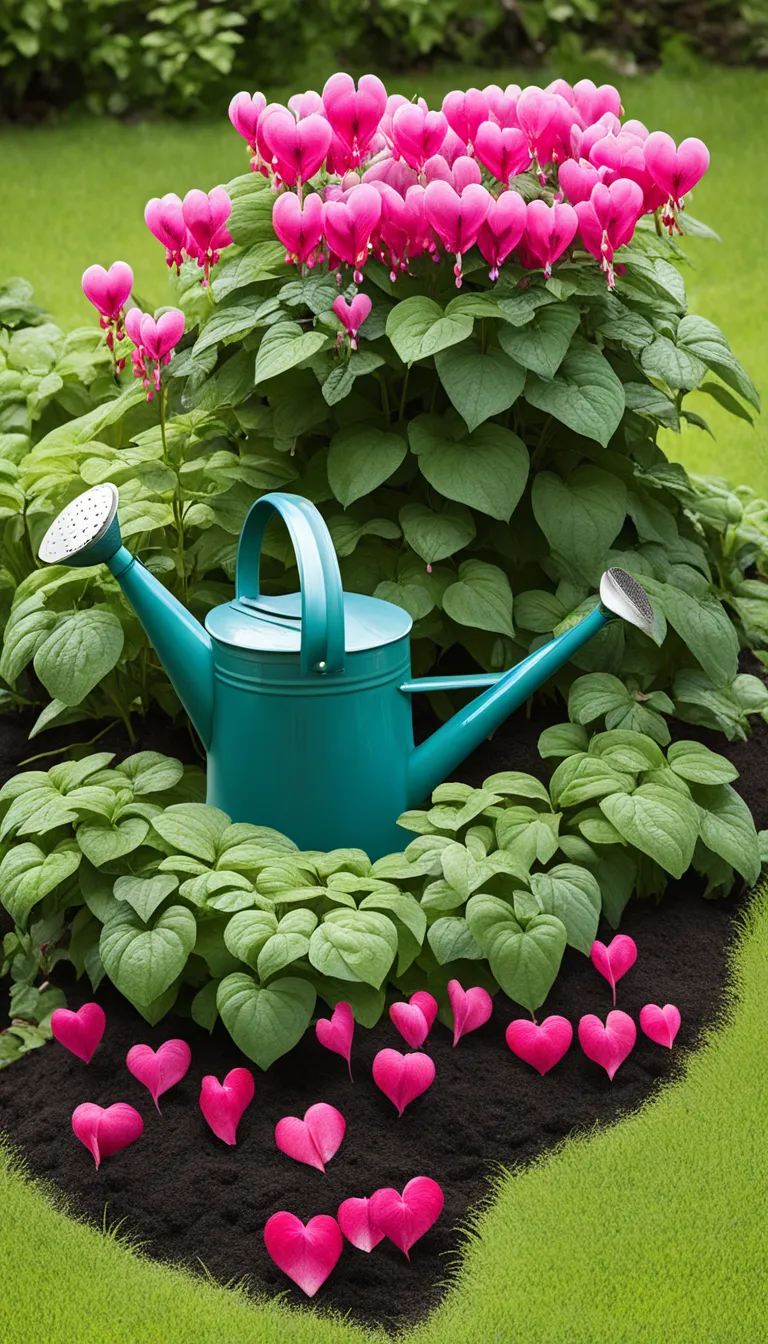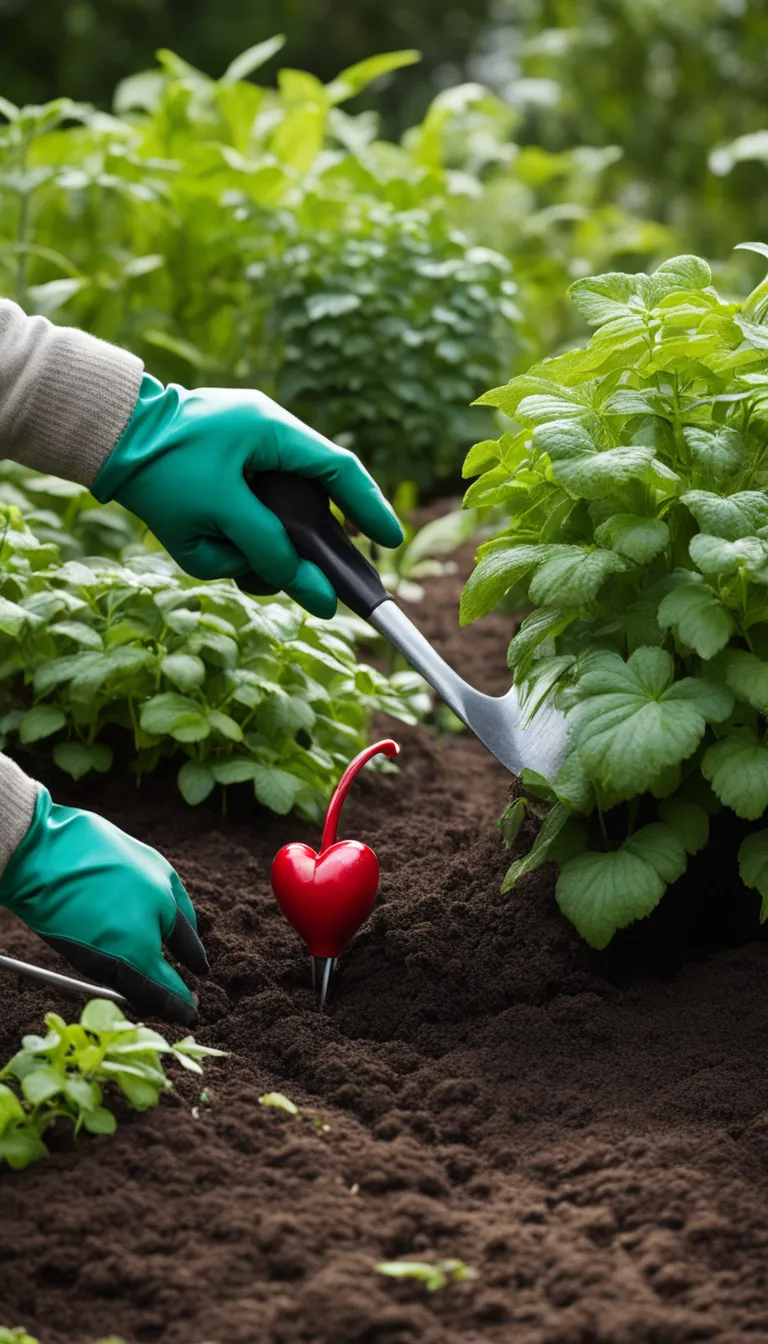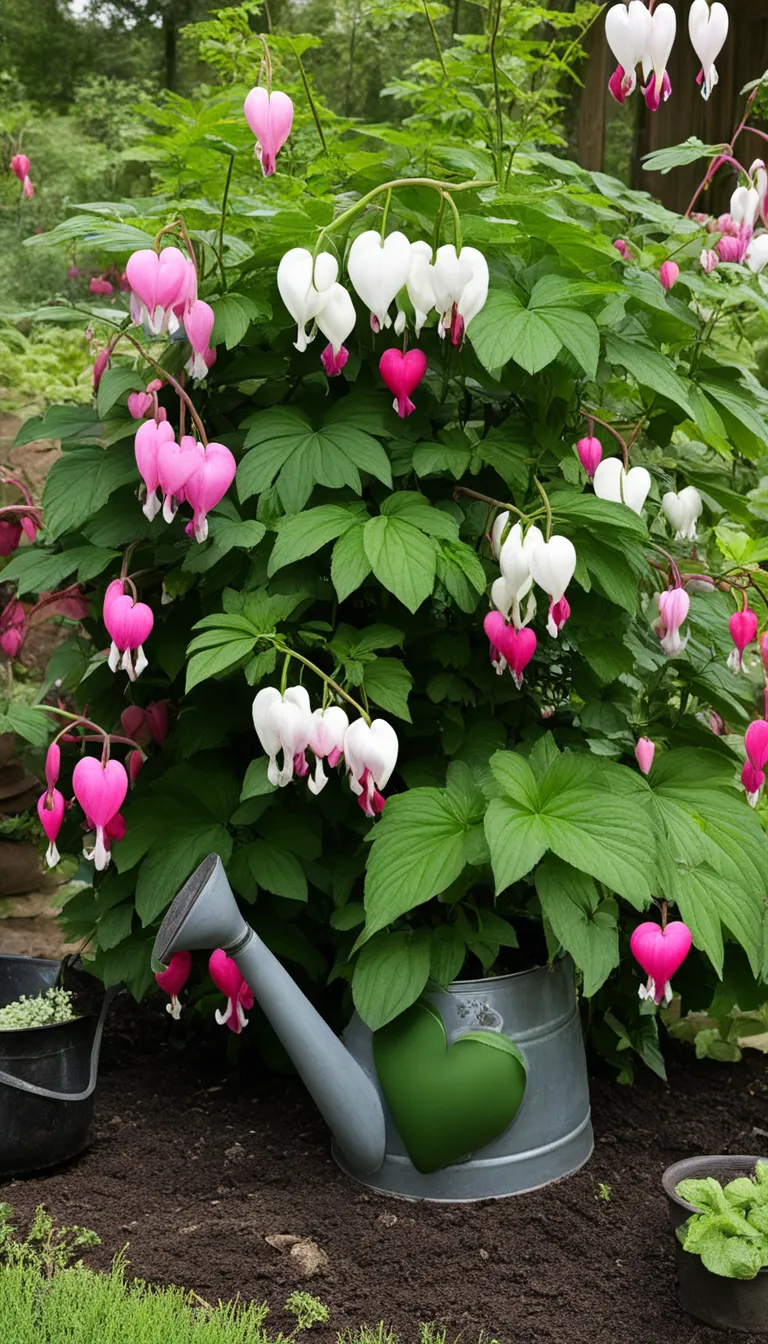Discover the beauty and intricacies of the Bleeding Heart plant, a favorite among garden enthusiasts for its unique heart-shaped flowers and graceful foliage. These enchanting plants are not just a feast for the eyes, but they hold a special place in the hearts of those who cultivate them. The Bleeding Heart, with its distinct appearance, can turn any garden into a scene from a romantic novel.
But what exactly makes the stand out? Is it the way the flowers seem to dangle precariously from their stems, as if engaged in a delicate dance with the wind? Or is it the rich symbolism associated with its shape, often connected to themes of love and passion? Whatever the reason, one thing is clear: the presence of a Bleeding Heart plant can elevate the allure and narrative of your garden.
Are you intrigued yet? Do you feel the urge to immerse yourself in the world of these fascinating plants? Keep reading as we delve deeper into what the Bleeding Heart plant is, how to care for it, and the best practices for planting it. Prepare to be surprised by the explosion of color and emotion that this plant can bring to your outdoor space!

What is Bleeding Heart?
Bleeding Heart, known scientifically as Dicentra spectabilis, is a spectacle in any garden with its iconic, heart-shaped flowers. Native to Asia, this perennial has captivated the hearts of gardeners around the world. But what makes it so special? Let’s dive in!
Firstly, the allure of the Bleeding Heart lies in its unique floral display. Each bloom perfectly resembles a heart, complete with a droplet at the bottom, mimicking a bleeding effect – hence the name. These blooms hang gracefully from arching stems, creating a whimsical and romantic vibe. The plant typically flourishes in shades of pink and white, adding a soft touch of color to any garden palette.
Beyond its beauty, the Bleeding Heart is steeped in symbolism and lore. It’s often associated with undying love and passion, making it a popular choice for romantic gardens and as a gift between loved ones. The plant’s resilience and ability to return year after year also symbolize hope and renewal.
Here’s a quick overview of this plant’s characteristics:
- Scientific Name: Dicentra spectabilis
- Common Names: Bleeding Heart, Lady-in-a-bath, Dutchman’s trousers
- Origin: Asia
- Bloom Color Varieties: Pink, Red, White
- Plant Type: Perennial
- Symbolism: Love, Passion, Hope
Whether you’re an experienced gardener or a novice, the Bleeding Heart is a plant that can bring both beauty and intrigue to your outdoor space. Its carefree growth habit and striking appearance make it a must-have for those looking to add a touch of drama and elegance to their garden.

How to Care for Bleeding Heart?
Ever wondered how to keep your Bleeding Heart flourishing? These enchanting plants, with their heart-shaped blooms, are surprisingly easy to care for, but they do have some specific needs. Let’s dive into the essentials of keeping your Bleeding Heart happy and healthy.
Firstly, water is crucial. Your Bleeding Heart loves consistently moist soil, but be wary of waterlogging. It’s like walking a tightrope – balance is key! Think of it as giving your plant a steady sip, not a drenching downpour. And when it comes to soil, they’re not too fussy, but they do prefer it to be rich and well-draining. A little compost can go a long way in providing the nutrients they crave.
Now, let’s talk about the sun. These beauties prefer partial shade, especially in the afternoon. It’s like they enjoy a gentle morning sunbath but prefer to avoid the harsh midday sun. They’re delicate in that way, much like their appearance suggests.
When winter comes knocking, your Bleeding Heart will take a nap – it’s completely normal for them to die back. But don’t worry, they’ll be back with a vengeance come spring! During their dormant period, just make sure the soil doesn’t completely dry out.
- Watering: Keep soil consistently moist, but not waterlogged.
- Soil: Rich, well-draining soil with a bit of compost.
- Light: Partial shade, protection from strong afternoon sun.
- Dormancy: Allow for a period of rest in winter, but maintain slightly moist soil.
Stick to these guidelines, and you’ll be rewarded with a spectacular show of those signature heart-shaped flowers year after year. So, are you ready to give your Bleeding Heart the love and care it deserves?

Planting Bleeding Heart
Are you ready to add a touch of drama to your garden? Planting a Bleeding Heart can be a real game-changer, with its explosive display of heart-shaped flowers that seem to surprise and captivate at every turn. Let’s dive into the best practices for planting this enchanting perennial.
First things first, choosing the right spot is crucial for your Bleeding Heart. These plants thrive in partial to full shade, away from the harsh afternoon sun. Have you got a spot in mind? Great! Now, let’s ensure your soil is well-drained and rich in organic matter—these plants love to keep their “feet” in moist but not soggy conditions.
When it comes to planting, timing is everything. Early spring or fall is the perfect time to get your Bleeding Heart into the ground. Here’s a simple guide to follow:
- Dig a hole: Make it spacious enough for the roots to spread comfortably.
- Spacing: If planting multiple, keep them about 12-24 inches apart to allow for growth.
- Depth: Set the root ball so that the crown is just below the soil surface.
- Soil: Backfill with a mix of garden soil and compost for a nutrient-rich environment.
- Water: Give it a good drink after planting, and keep the soil consistently moist, especially in the first growing season.
Remember, patience is key with Bleeding Hearts. It may take some time for them to establish, but once they do, they’ll be a show-stopping explosion of color and form every spring. Ready to get started? Grab your gardening gloves, and let’s make your garden the talk of the town!





